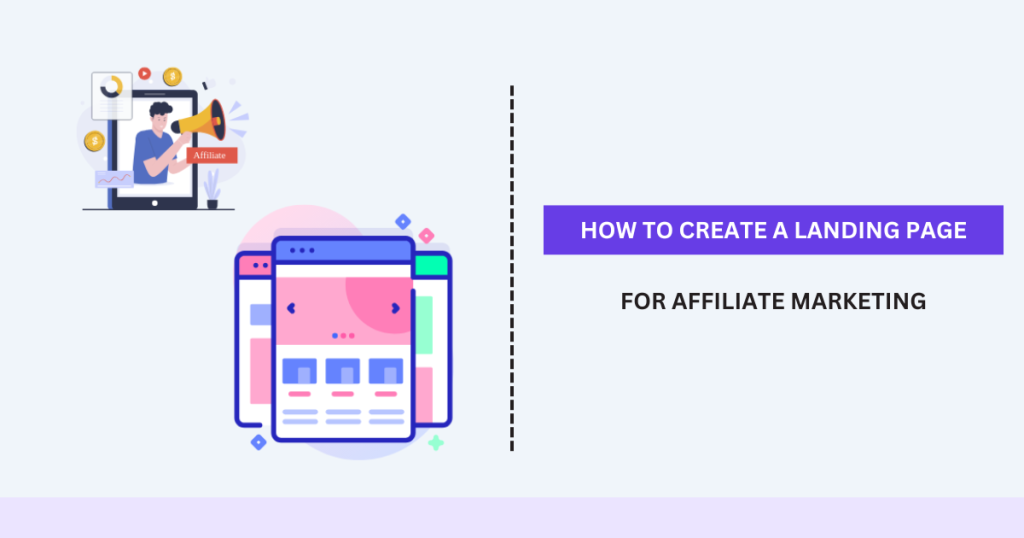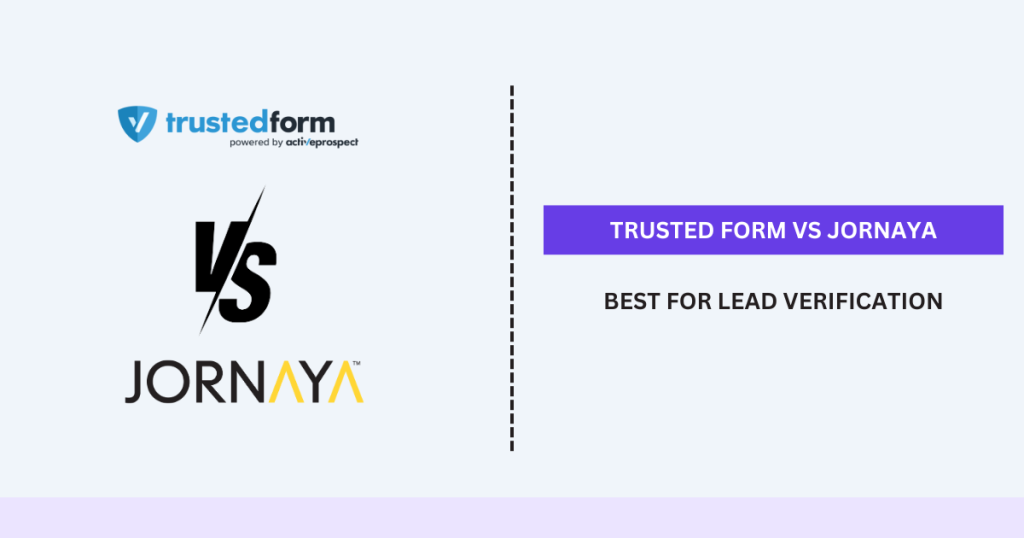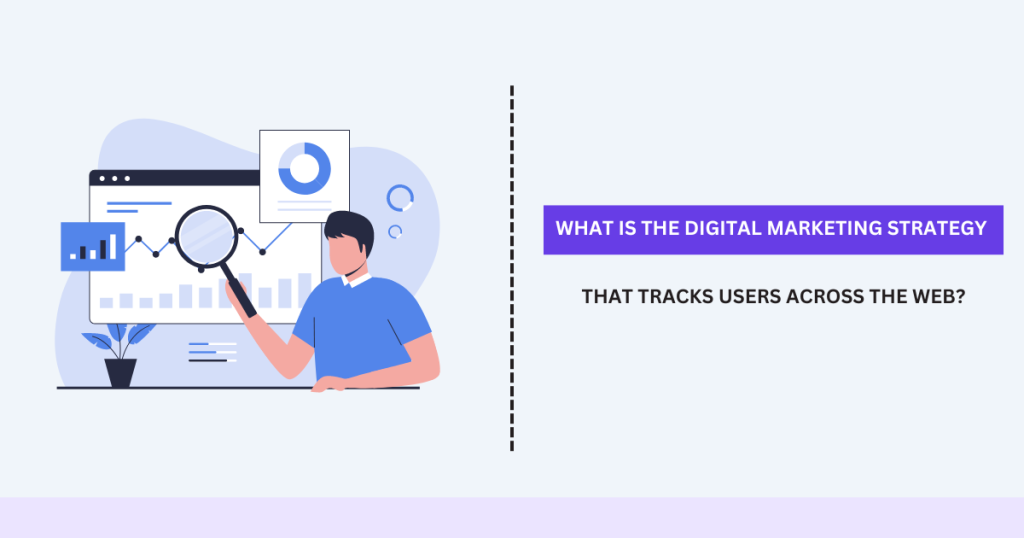Creating an effective landing page for affiliate marketing is essential for driving conversions and achieving success in your campaigns. By focusing on clear goals, compelling design, persuasive copy, and continuous optimization, you can create landing pages that not only attract visitors but also convert them into loyal customers. Affiliate marketing is a fantastic way to earn money online by promoting other people’s products and getting a commission for every sale.
A landing page is a single webpage that focuses on achieving one particular goal. Unlike a regular webpage, which might have lots of information and multiple links, a landing page is dedicated to getting the visitor to do one thing, like clicking on a link or filling out a form. This focus makes landing pages very effective for affiliate marketing.
Create a Landing Page for Affiliate Marketing
Define Your Goal
Before you start designing your landing page, decide what you want to achieve. Do you want visitors to buy a product, sign up for a newsletter, or download a free guide? Knowing your goal will help you create a focused and effective landing page.
Choose a Platform
There are many tools and platforms available to help you create landing pages. Some popular options include:
- WordPress: Use plugins like Elementor or Thrive Architect to create custom landing pages.
- Unbounce: A landing page builder with drag-and-drop functionality and A/B testing features.
- ClickFunnels: A comprehensive platform for creating sales funnels, including landing pages.
- Leadpages: A user-friendly platform with pre-designed templates and conversion-focused features.
Select a Template
Choose a template that matches your goal and looks good. Most landing page builders offer a variety of templates designed for different purposes, such as product launches, lead capture, or event registrations. Select a template that is clean, visually appealing, and optimized for conversions.
Craft a Compelling Headline
The headline is the most crucial part of your landing page. It should grab attention and clearly explain what your page is about. For example, if you’re promoting a fitness product, a headline like “Get Fit Fast with Our Proven Fitness Program” can be effective.
Write Engaging Copy
The text on your landing page should be clear, concise, and persuasive. Here are some tips for writing effective copy:
- Focus on Benefits: Highlight the benefits of the product or service, not just the features.
- Use Bullet Points: Bullet points make it easy for visitors to quickly read and understand the key benefits.
- Address Objections: Anticipate and address any concerns visitors might have.
- Create Urgency: Use phrases like “Limited Time Offer” or “Only a Few Spots Left” to encourage quick action.
Include High-Quality Visuals
Visual elements like images, videos, and infographics can make your landing page more attractive and help explain your offer. Make sure your visuals are high-quality, relevant, and optimized for fast loading times.
Design a Clear Call-to-Action (CTA)
Your CTA is what you want visitors to do. Make sure it stands out and uses action-oriented language. For example, “Get Your Free Trial Now” or “Download the E-Book Today.” Use contrasting colors to make the CTA button pop and draw attention.
Add Social Proof
Social proof, such as testimonials, reviews, and endorsements, can build trust and credibility. Include quotes from satisfied customers, ratings, and any endorsements from industry experts or influencers. If possible, add photos of the people giving testimonials to make them more relatable.
Optimize for Mobile
More and more people are browsing the internet on their phones, so it’s crucial to ensure your landing page looks good and works well on mobile devices. Test your page on various devices to make sure it’s mobile-friendly.
Test and Optimize
Once your landing page is live, monitor its performance and make improvements. Use A/B testing to experiment with different headlines, copy, visuals, and CTAs to see what works best. Study metrics such as conversion rates, bounce rates, and time on page to find ways to make things better.
Why are Landing Pages Important for Affiliate Marketing?
Landing pages are crucial in affiliate marketing because they assist you in:
- Focus Your Message: By concentrating on one goal, you can create a clear and persuasive message that encourages visitors to take action.
- Increase Conversions: A well-designed landing page can turn more visitors into customers compared to a regular webpage.
- Collect Data: Landing pages can include forms that collect important information from visitors, like their email addresses, which you can use for future marketing efforts.
- Improve SEO: Optimized landing pages can rank higher in search engine results, bringing in more organic traffic.
Elements of an Effective Landing Page
To create a successful landing page, you need to include several key elements:
- Compelling Headline: Your headline should grab the visitor’s attention and clearly explain what the page is about.
- Engaging Subheadline: A subheadline provides additional information and encourages visitors to stay on the page.
- High-Quality Images or Videos: Visuals can capture attention and illustrate the benefits of the product or service you’re promoting.
- Clear Call-to-Action (CTA): Your CTA should be easy to find and encourage visitors to take the desired action, like clicking a link or filling out a form.
- Concise and Persuasive Copy: Your text should be clear, brief, and convincing, highlighting the key benefits of the product or service.
- Social Proof: Testimonials, reviews, and endorsements can build trust and encourage visitors to take action.
- Lead Capture Form: If your goal is to collect leads, include a simple form to gather visitor information.
- Trust Badges: Trust badges, such as security seals and money-back guarantees, can reassure visitors and reduce perceived risk.
Advanced Tips for Creating High-Converting Landing Pages
To make your landing page even more effective, consider these advanced tips:
- Use Exit-Intent Popups: Exit-intent popups can capture visitors’ attention as they are about to leave your page, offering them an incentive to stay or complete a desired action.
- Implement Countdown Timers: Countdown timers can create urgency and encourage visitors to act quickly, especially for time-sensitive offers.
- Leverage Retargeting: Use retargeting ads to bring back visitors who didn’t convert on their first visit, reminding them of your offer and encouraging them to return.
- Incorporate Interactive Elements: Interactive elements like quizzes, surveys, or calculators can engage visitors and provide personalized recommendations, increasing the likelihood of conversion.
- Analyze User Behavior: Use tools like heatmaps and session recordings to understand how visitors interact with your landing page. This data can help you identify areas for improvement and optimize your page for better performance.
Remember to include essential elements like a compelling headline, engaging visuals, a clear CTA, and social proof to build trust and credibility. Use real-world examples and advanced tips to enhance your landing page and stay ahead of the competition.
With the right approach, your landing pages can become powerful tools in your affiliate marketing strategy, helping you to generate leads, drive sales, and achieve your business goals. Start implementing these strategies today and watch your affiliate marketing efforts soar to new heights.
If you want to learn about niche websites for affiliates? Check out our guide on What is a Niche Website for Affiliates



